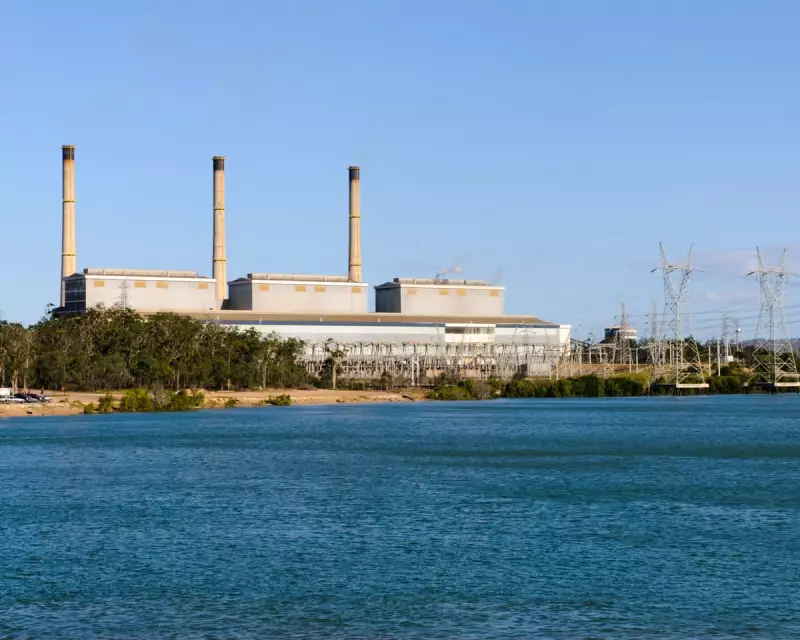
In a dramatic development that signals Australia's accelerating energy transition, Queensland's largest coal-fired power station could be shuttered six years earlier than planned. The Gladstone power plant, a cornerstone of the state's electricity grid for decades, now faces potential closure by 2030 instead of the originally scheduled 2036.
Market Forces Drive Unexpected Timeline
The surprising acceleration stems from mounting economic pressures rather than government mandate. Soaring maintenance costs and the relentless advance of cheaper renewable energy alternatives have made continued operation increasingly unviable. Industry analysts note that market conditions are reshaping Australia's energy landscape faster than anticipated.
Regional Implications and Workforce Concerns
The potential early closure raises significant questions about regional energy security and employment. Gladstone has long been an industrial powerhouse, with the coal plant providing both electricity and stable jobs for the Central Queensland community.
Key concerns include:
- Job security for hundreds of plant workers and associated industries
- Maintaining reliable power supply during the transition period
- Economic diversification strategies for the Gladstone region
- Investment in replacement energy infrastructure
Accelerating Australia's Renewable Transition
This development represents a significant milestone in Australia's energy transformation. The accelerated timeline for Gladstone's closure underscores how quickly renewable energy technologies are reshaping the nation's power sector.
Energy experts suggest this move could have cascading effects across the National Electricity Market, potentially influencing closure decisions for other ageing coal-fired facilities. The shift also highlights the urgent need for expanded transmission infrastructure and energy storage solutions to support renewable integration.
What Comes Next?
Stakeholders across government, industry, and community groups are now engaged in crucial discussions about managing this transition. The focus is shifting toward ensuring energy reliability while supporting affected workers and communities through what promises to be a transformative period for Queensland's economy and environment.
The final decision on Gladstone's operating timeline is expected to be confirmed in the coming months, but the writing appears to be on the wall for one of Australia's most significant coal assets.





